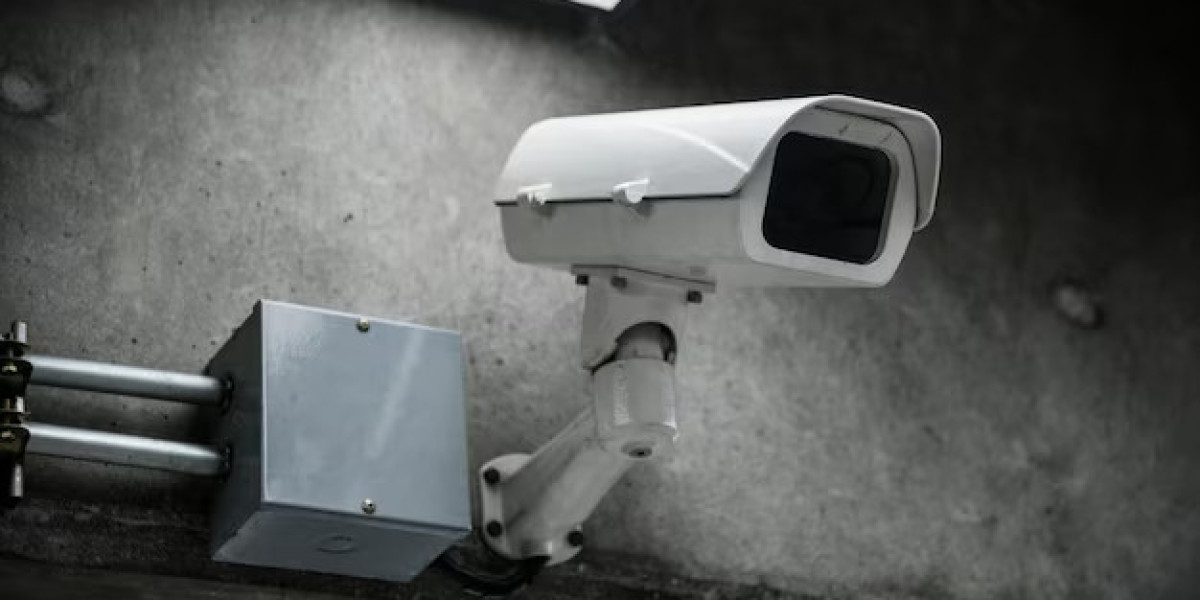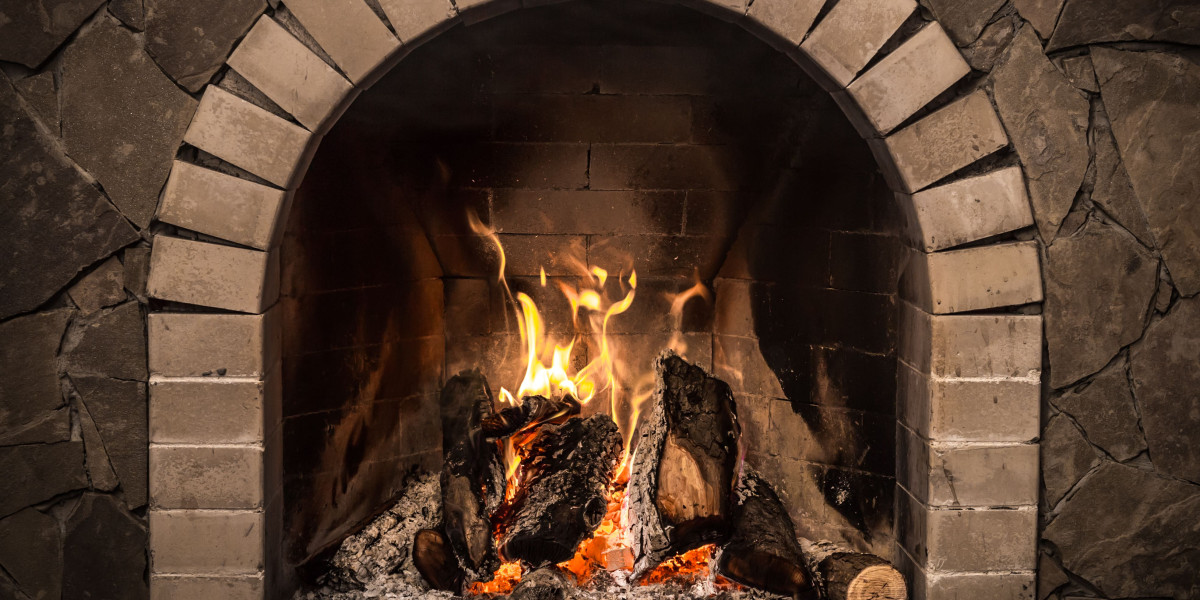When it comes to securing your property, whether it’s your home or business, the type and number of cameras in your security system play a pivotal role. Security cameras provide peace of mind by keeping an eye on potential threats and helping you monitor vulnerable areas. This guide will walk you through the essentials of setting up an effective security system, focusing on four key options: the 8-camera security system, the 4-camera security system, 360-degree security cameras, and 4K security cameras.
What is a Security Camera System?
A security camera system is a network of cameras designed to monitor specific areas and capture footage, typically recorded on a network video recorder (NVR) or a cloud-based platform. These systems can range in complexity from small, four-camera setups for homes to large-scale systems with dozens of cameras for business properties. Each camera type serves a specific purpose, so understanding the benefits and limitations of each can help you make the right choice.
The 8-Camera Security System
An 8-camera security system is a popular choice for larger properties or buildings with multiple entry points. This setup provides a balanced approach to covering various parts of the property, ensuring comprehensive coverage.
Benefits of an 8-Camera System
Wider Coverage: Eight cameras offer the flexibility to monitor different areas, from driveways to entryways, side yards, and backyards. You can position cameras to cover all vulnerable zones.
Flexibility in Placement: An 8-camera setup allows for strategic placement around the perimeter, allowing full surveillance of your property’s perimeter and key interior areas.
Ideal for Medium to Large Properties: For homeowners or businesses with larger properties, an 8-camera system offers the coverage needed to monitor all corners.
Installation Considerations
When setting up an 8-camera security system, it’s important to consider the layout and placement to minimize blind spots. Look for locations with easy access to power and network connections. Wireless options are available if cabling poses a challenge, but they may have limitations related to signal strength and potential interference.
The 4-Camera Security System
For smaller spaces or those seeking a simple yet effective solution, a 4-camera security system is an excellent option. This setup provides sufficient coverage for entry points and essential areas without the complexity of managing a large number of cameras.
Benefits of a 4-Camera System
Compact and Efficient: A 4-camera setup provides coverage for most small to medium properties, allowing for a simpler installation and management process.
Cost-Effective: Generally, a 4-camera system is less expensive than larger systems, making it a budget-friendly choice for residential setups.
Ideal for Apartments and Small Homes: Small properties often don’t require extensive coverage, and a 4-camera system provides sufficient monitoring of main entry points and key areas.
Installation Considerations
Position each camera to cover the main entry points like the front door, back door, and any side or garage entrances. Pay attention to potential blind spots, and if possible, mount cameras in elevated positions to reduce tampering risks.
360-Degree Security Cameras: A Comprehensive View
A 360 security camera provides panoramic views of an area, making it a versatile option for monitoring large spaces without needing multiple cameras. Equipped with advanced lenses and software, these cameras can rotate, tilt, and zoom to cover a wide range of angles, making them ideal for open areas and locations where a single camera must cover multiple angles.
Benefits of 360-Degree Cameras
Complete Coverage in One Camera: A 360 camera offers coverage similar to that of multiple fixed cameras, minimizing blind spots and capturing a full view of an area.
Cost-Effective Solution for Open Spaces: Instead of installing multiple cameras, a single 360-degree camera can cover an entire room or outdoor area, reducing hardware costs.
Versatile Use for Large Spaces: Ideal for places such as retail stores, warehouses, and parking lots, these cameras can track movement across a large area.
Installation Tips
When installing a 360-degree camera, it’s best to place it in the center of the area for maximum coverage. Ceiling mounts are common for these types of cameras, as they allow the camera to cover an entire space without obstructions. It’s important to ensure the installation point has a stable power and network connection for uninterrupted surveillance.
4K Security Cameras: Unmatched Clarity and Detail
For users seeking the highest resolution available, 4K security cameras provide exceptional video quality. With a resolution of approximately 3840 x 2160 pixels, 4K cameras capture incredible detail, making it easier to identify faces, license plates, and other critical elements in footage. This level of detail can be crucial for forensic purposes, as it allows law enforcement and security personnel to analyze footage with precision.
Benefits of 4K Security Cameras
Enhanced Image Clarity: 4K resolution offers four times the clarity of 1080p cameras, capturing minute details even in wide shots.
Better Low-Light Performance: Many 4K cameras are equipped with high-quality sensors and lenses, improving low-light performance and ensuring quality footage even at night.
Ideal for High-Security Areas: For banks, offices, or residential properties with high-security needs, the detail provided by 4K cameras offers additional reassurance.
Installation Considerations
Due to their high resolution, 4K security cameras require more bandwidth and storage than lower-resolution options. Make sure you have a compatible NVR and sufficient storage capacity to handle the large video files. Positioning 4K cameras strategically can help capture high-traffic areas and maximize their detailed imaging capabilities.
Factors to Consider When Choosing a Security Camera System
Each security setup has its advantages, but choosing the right one depends on your specific needs and property layout. Here are some essential factors to keep in mind:
Coverage Needs
Evaluate the areas you need to monitor. Larger properties might benefit from an 8-camera system, while smaller spaces might be sufficiently covered by a 4-camera system.
Resolution and Image Quality
If you require high detail for identifying individuals or objects, a 4K camera is the optimal choice. For general coverage, standard HD or 1080p cameras may suffice, depending on your budget and storage limitations.
Budget and Installation Complexity
An 8-camera system is generally more expensive and may involve more complex installation than a 4-camera setup. Decide whether you’re comfortable with a DIY approach or would prefer professional installation.
Storage and Network Requirements
4K cameras and larger systems require more bandwidth and storage capacity. Ensure your NVR or cloud storage plan is compatible with the camera quality and the number of cameras in your setup.
Environmental Considerations
Consider weatherproofing and durability if you’re installing cameras outdoors. Look for features like night vision, waterproof ratings, and temperature resistance to ensure reliable performance in various conditions.
Conclusion: Which Security Camera System is Right for You?
Choosing the right security camera system is an important step in ensuring the safety of your property. An 8-camera system provides expansive coverage for larger properties, while a 4-camera system is a budget-friendly option for small to medium spaces. 360-degree cameras are ideal for open areas, reducing the need for multiple devices, and 4K cameras offer unparalleled detail for high-security applications.
Regardless of the system you choose, a well-planned installation is crucial to maximizing its effectiveness. For expert advice and professional installation, you can consult Backstreet Surveillance to help ensure your camera system meets your security needs and provides reliable performance.








